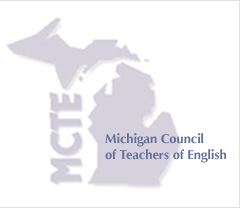Abstract
Education professionals now favor Constructivist and project-based strategies for learning over Traditional methods, which include such frowned upon practices as rote memorization and recitation. The Constructivist approach is being taken to its natural apex by educators like Larry Rosenstock who have created Constructivist utopias such as High Tech High in San Diego, the school put under the microscope in the 2015 documentary film Most Likely to Succeed. Project-based, experiential units of study are effective, exciting, and edifying for both students and teachers. They promise to prepare students for the type of world they will inhabit, a world whose economy will reward innovation and creativity over mere retention of information. However, it doesn’t stand to reason that certain methods, whenever they were first implemented, should fall by the wayside. Just because information is exponentially more accessible these days doesn’t mean that such information should not also be stored on one’s personal hard drive: the brain. If the Traditional model created over a century ago is the thesis and Constructivism is the antithesis then the weaving of recitation and other mimetic exercises into project-based Constructivist curricula is the synthesis. The mimetic activities of Traditional education can be of invaluable service to English teachers and students. The successful combination of both systems of thought can prove the polarization between the old and new systems to be contrived. Traditionalism and Constructivism are not mutually exclusive models but rather complementary modes of learning.
Recommended Citation
Kaplan, Randall L.
(2017)
"A Wood Comes Toward Dunsinane: The Synthesis of Traditional and Constructivist Methodologies,"
Language Arts Journal of Michigan:
Vol. 32:
Iss.
2, Article 11.
Available at: https://doi.org/10.9707/2168-149X.2139
Publication Date
5-2017
Included in
Aesthetics Commons, Bilingual, Multilingual, and Multicultural Education Commons, Children's and Young Adult Literature Commons, Curriculum and Instruction Commons, Curriculum and Social Inquiry Commons, Educational Methods Commons, Educational Psychology Commons, Fiction Commons, Gifted Education Commons, Literature in English, Anglophone outside British Isles and North America Commons, Literature in English, British Isles Commons, Literature in English, North America Commons, Literature in English, North America, Ethnic and Cultural Minority Commons, Other English Language and Literature Commons, Philosophy of Language Commons, Poetry Commons, Reading and Language Commons, Rhetoric Commons

